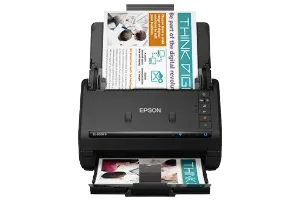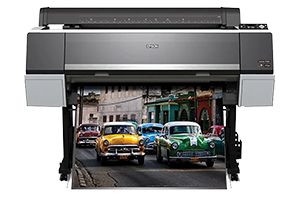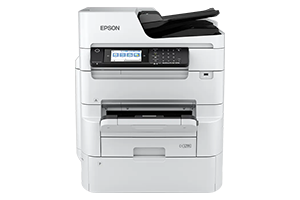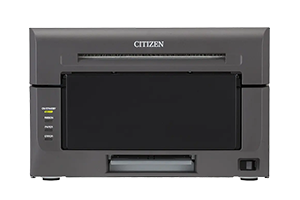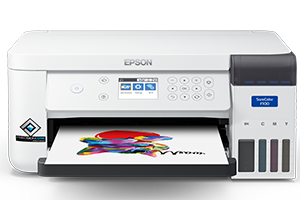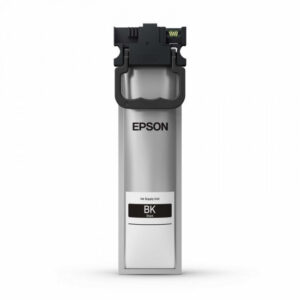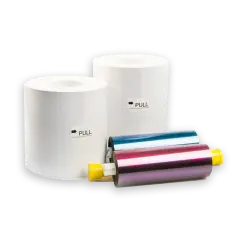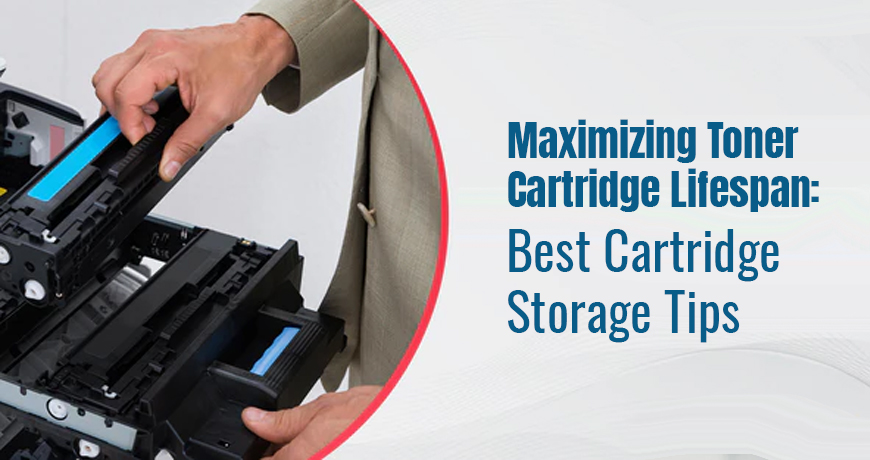Maximizing Toner Cartridge Lifespan: Best Cartridge Storage Tips Leave a comment
In the printing world, efficiency and cost-effectiveness depend not just on the quality of your printer but also on how well you maintain its consumables, especially toner cartridges. Whether you’re managing a bustling office or maintaining a home printer, understanding how to properly store toner cartridges can save you money and ensure consistent print quality. This blog will explore the best practices for toner cartridge storage and how to extend their lifespan effectively.
What is a Toner Cartridge?
A toner cartridge is a replaceable component of a laser printer that contains toner powder. This powder is used to create the text and images on printed paper. Unlike inkjet cartridges, which use liquid ink, toner cartridges rely on a dry mixture of plastic particles, carbon, and coloring agents. These cartridges are essential for delivering sharp, clear, and high-volume prints quickly and efficiently.
Importance of Toner Cartridges
Toner cartridges play a vital role in producing high-quality documents. They influence everything from the clarity of text to the vibrancy of images. High-performance cartridges not only improve the appearance of printed materials but also ensure smooth operation of the printer itself. Proper maintenance and storage of toner cartridges are crucial to achieving the best possible results in both professional and personal printing tasks.
Factors Affecting Toner Cartridge Lifespan
Several environmental and physical factors can impact the performance and shelf life of a toner cartridge:
- Temperature fluctuations can cause toner powder to clump or separate.
- Humidity may lead to moisture entering the cartridge, affecting powder consistency.
- Exposure to light, especially direct sunlight, can degrade the cartridge’s components.
- Improper handling might result in physical damage, leaks, or contamination.
Consequences of Improper Storage
Failing to store toner cartridges correctly can have various negative outcomes:
- Reduced print quality, such as faded text or uneven toner distribution.
- Leakage, leading to printer contamination and costly repairs.
- Shortened cartridge lifespan, causing frequent replacements and increased expenses.
- Printer malfunctions, especially if expired or damaged cartridges are used.
Best Practices for Storing Toner Cartridges
Storage Environment
Maintaining a controlled environment is key to preserving toner cartridges. Follow these guidelines:
- Temperature: Store cartridges in a cool place, ideally between 15°C to 25°C.
- Humidity: Keep relative humidity between 35% and 55% to prevent moisture damage.
- Light: Avoid direct sunlight and exposure to fluorescent lighting. Store cartridges in a dark or shaded area to protect sensitive components.
Handling and Packaging
Proper handling can go a long way in ensuring the longevity of your cartridges:
- Always store cartridges in their original packaging until ready for use. The packaging is designed to protect against environmental stressors.
- If the original box is not available, use airtight containers or protective cases to keep the cartridge safe.
- Handle cartridges gently and avoid shaking them unnecessarily.
Storage Positions and Orientations
The way cartridges are positioned during storage also matters:
- Store cartridges upright to prevent toner from settling unevenly.
- Avoid stacking cartridges on top of each other to reduce the risk of physical damage.
- Keep them on a flat, stable surface away from vibrations or mechanical movement.
Additional Cartridge Maintenance Tips
Check Expiration Dates
Just like many other products, toner cartridges come with expiration dates. Using them beyond this period can lead to:
- Poor print quality
- Toner clumping
- Damage to your printer
Always check the expiration date before installing a new cartridge and prioritize older stock for use to minimize waste.
Avoid Extreme Temperatures
Toner cartridges are sensitive to temperature extremes:
- Don’t store cartridges near heating vents, radiators, or windows.
- Avoid areas exposed to air conditioning units that might cause condensation.
- Extreme heat can warp plastic components, while extreme cold can affect toner consistency.
Keep Away from Dust
Dust and other particles can contaminate the toner cartridge and printer:
- Store cartridges in a clean, dust-free environment.
- Avoid storage in areas like garages or near open windows.
- Consider using sealed storage bins if the environment is not dust-controlled.
Conclusion
Toner cartridges are a vital part of any laser printing system. By understanding their storage requirements and adopting best practices, users can significantly extend their lifespan, enhance print quality, and reduce operational costs. From controlling temperature and humidity to proper handling and storage orientation, every detail matters when it comes to maximizing the value of your toner investment.
Proper storage not only protects your cartridges but also ensures that your printer continues to deliver exceptional results without unnecessary interruptions or maintenance issues. Whether you’re managing bulk inventory in an office or storing spares at home, these tips can make a lasting difference.
For those seeking high-quality and authentic toner cartridges in the UAE and GCC, Kepler Tech LLC offers a wide selection of trusted brands and expert support. Choose Kepler Tech to ensure you’re getting reliable products and professional advice tailored to your printing needs.



